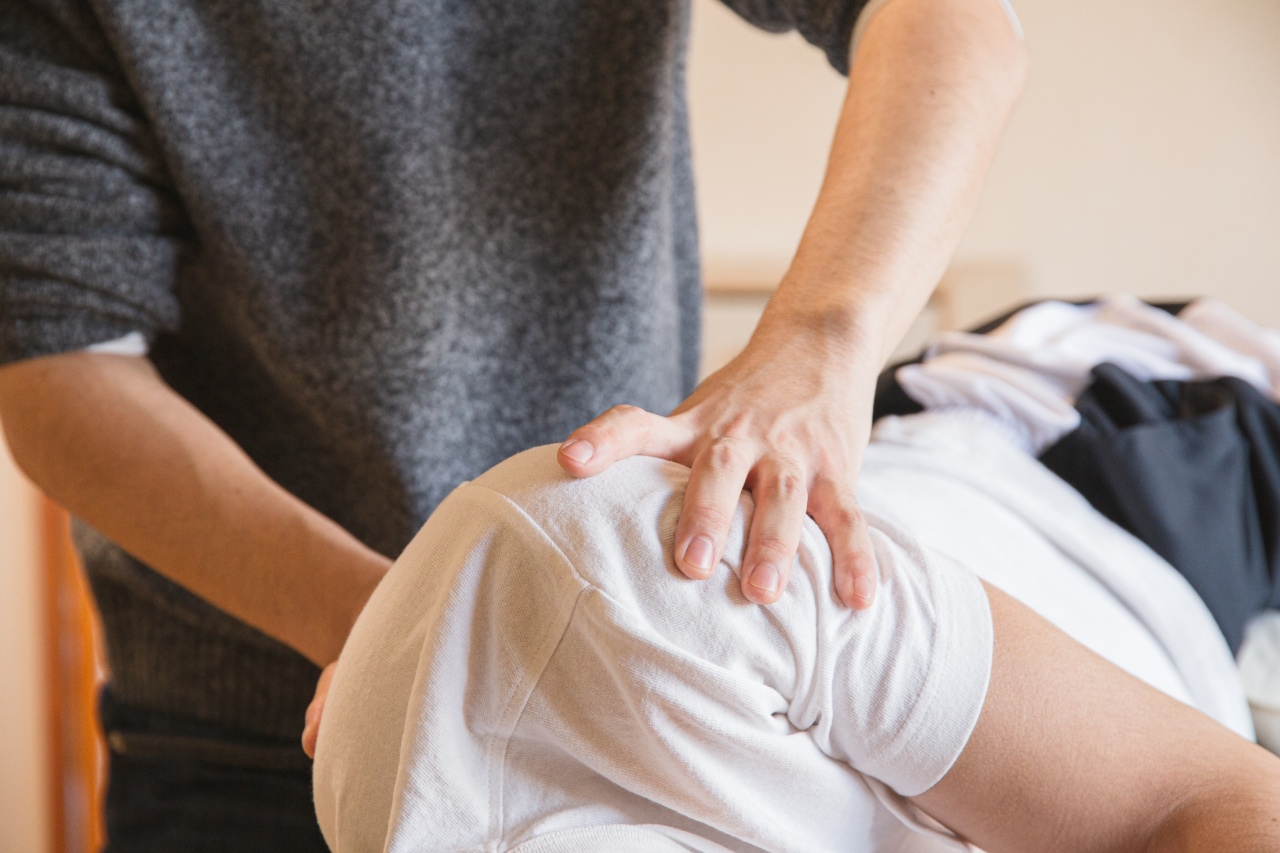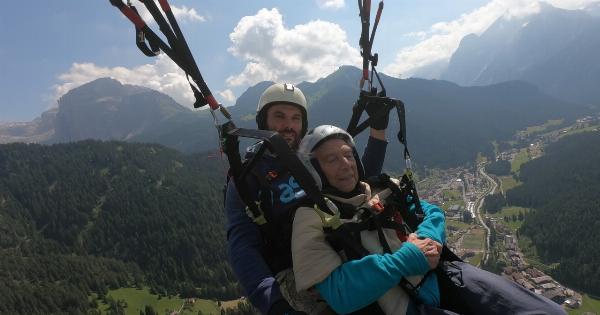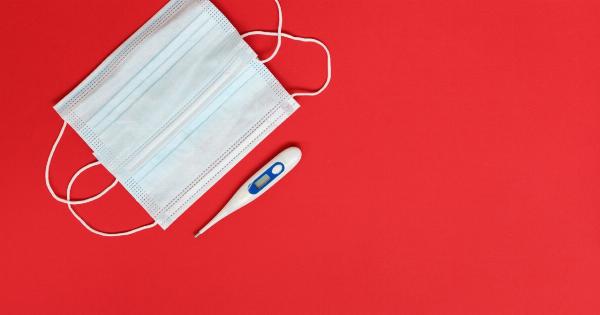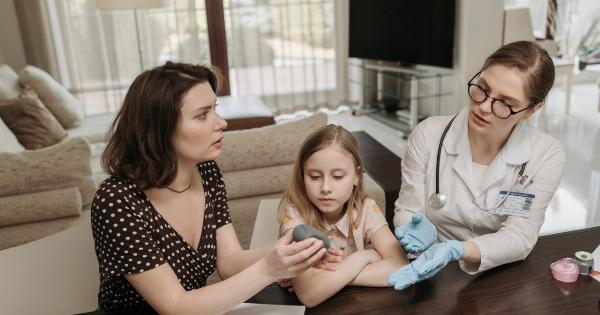Head injuries can have serious consequences, and one of the most common types of head injury is a concussion.
Whether it’s a fall, a sports-related accident, or any other incident that results in a blow to the head, it is essential to provide immediate first aid to prevent further damage and ensure the well-being of the individual. In this article, we will discuss the first aid measures for treating concussions and how to provide brain trauma rescue in case of head injuries.
Understanding Concussion
A concussion occurs when the brain experiences a traumatic impact, usually due to a sudden blow or jolt to the head.
Even though a concussion may not always involve a loss of consciousness, it is a severe brain injury that requires immediate medical attention and proper care. The symptoms of a concussion can vary from mild to severe and may include:.
- Headache or pressure in the head
- Dizziness or lightheadedness
- Nausea or vomiting
- Confusion or disorientation
- Memory loss or difficulty concentrating
- Blurred vision or ringing in the ears
- Sensitivity to light or noise
- Slurred speech or delayed response
- Mood changes or irritability
Immediate Actions
If you witness someone experiencing a head injury or suspect a concussion, it is crucial to take immediate actions to provide brain trauma rescue. Follow these steps:.
- Assess the situation and ensure your safety as well as the safety of the injured person. If needed, call for emergency medical help.
- Check for any visible signs of injury, such as cuts or bruises.
- Ask the person about their symptoms and if they remember what happened. If they exhibit any signs of confusion or memory loss, it is a strong indicator of a concussion.
- Encourage the person to sit down, rest, and not move excessively.
- Apply a cold compress or ice pack wrapped in a cloth to the injured area to help reduce swelling and pain.
- Keep a close watch on the person’s condition. If their symptoms worsen or they lose consciousness, call for emergency medical assistance immediately.
Transporting the Injured Person
In some cases, transporting the injured person to a medical facility may be necessary. If you determine they require medical attention, consider the following:.
- If possible, seek the help of another person to accompany you for support.
- Prioritize stabilizing the injured person’s head and neck to prevent any potential spinal injuries, especially if they fell from a significant height or experienced a severe blow.
- Place the injured person in a comfortable position, avoiding any movements that could exacerbate their condition.
- Call for professional medical assistance, or if readily available, drive the injured person to the nearest emergency room.
- Inform healthcare providers about the accident and the observed symptoms to ensure they have all the necessary information for accurate diagnosis and treatment.
Recovery and Monitoring
After seeking medical attention, the road to recovery from a concussion involves adequate rest and careful monitoring. It is vital to:.
- Follow the healthcare provider’s instructions and recommendations.
- Avoid any activities that may increase the risk of reinjury, such as sports or physically demanding tasks.
- Ensure the injured person gets plenty of rest to aid the healing process. Limit screen time and avoid loud, stimulating environments.
- Provide a calm and supportive environment, as individuals who have suffered a concussion may experience mood swings or emotional difficulties.
- Monitor the person’s symptoms closely and document any changes or new symptoms to report to healthcare professionals during follow-up visits.
- Consult healthcare professionals regarding the appropriate time to return to work, school, or regular activities.
Preventing Concussions
While accidents happen, taking preventive measures can significantly reduce the risk of concussions:.
- Use proper safety equipment during sports or recreational activities, such as helmets, mouthguards, and supportive padding.
- Maintain a safe and hazard-free environment, both at home and in public spaces.
- Encourage and educate individuals to follow sports rules and avoid unnecessary risks that may lead to head injuries.
- Promote awareness about the potential dangers of head injuries and the importance of immediate first aid.
By understanding the causes, symptoms, and necessary first aid measures for concussions, you can play a crucial role in providing brain trauma rescue and supporting the recovery of those who have experienced head injuries.
Remember, always prioritize the well-being and safety of individuals involved in accidents and seek professional medical assistance as needed.



























